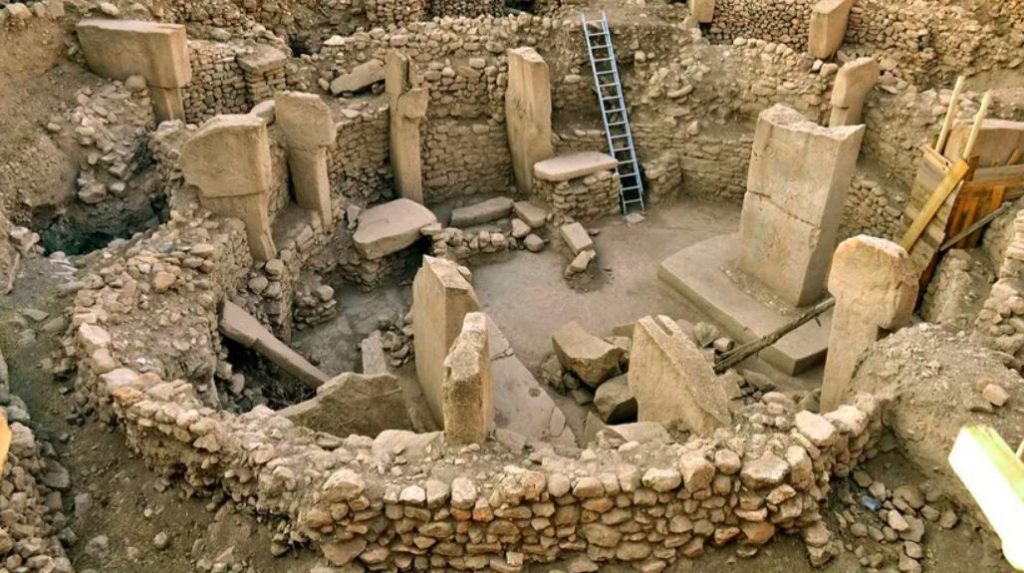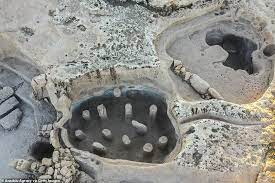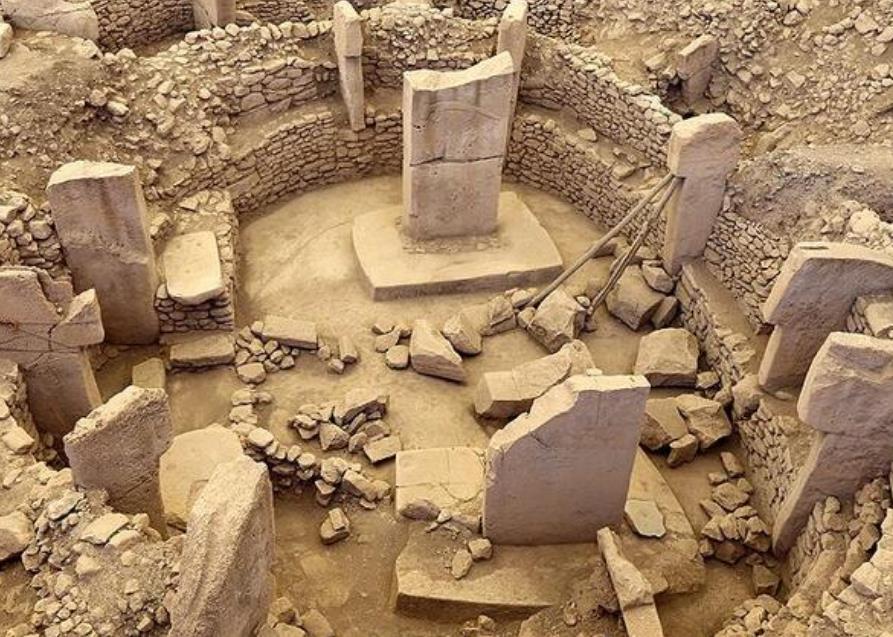By Glenn Maffia
I wrote during my previous article of the sheer diversity of different peoples inhabiting the area of Anatolia, to use the neutral terminology, which is now present day Türkiye. I feel it is time I should expand on this.
A migratory route
As most people are aware, Anatolia is a large landmass which straddles the geographical regions of what today we call Europe and Asia. It is similarly nestled adjoining the Middle East which once provided a convenient corridor leading out of Africa. Whence our species, Homo Sapien-Sapien originated.
Anatolia has long been a primary trail of a mass migration to populate all corners of the globe. Other ‘cousins’ of our species, including Neanderthals and Denisovans (though the latter appear to have migrated mainly eastwards), had forged this route prior to us, and eventually, when ready, we followed.
Is it any wonder why Anatolia is regarded as the ‘crossroads of the world’?
It would be too complex, and far from certain, to delve into those earliest avenues here, as they continue to be argued and debated throughout academia.

Göbeklitepe
The earliest sites, so far recorded, in Anatolia are the Taş Tepeler (stone hills, or probably more correctly mounds some formed by man) and they date only from around 12,000 years ago during the Pre-Pottery Neolithic.
Many, many, many human feet would have traipsed over this land in the vast intervening chasm of time with the earliest exodus from the African continent.
Though the fundamental interesting point of the Taş Tepelers is that they seem to be evolving from a hunter-gatherer life style into a sedentary mode of living due to their realisation of the domestication of cereals and the designed evolution of controlled farming of animals. All this innovation would, of course, take the gradual time.
A long wait for a conclusion
It is difficult to be precise for a mere fraction of the two apparently main sites, Göbeklitepe and Karahantepe, have so far been excavated; approximately 5% each.
It shall probably take lifetimes to fully excavate these sites. Therefore, possibly what we are receiving is much conflicting conjecture rather than the more solid image espoused by the late Professor Klaus Schimdt, the archaeologist to undertake the initial survey of Göbeklitepe. He declared that the structure was something akin to a ‘temple’ or ceremonial meeting place.
Evidence appears to show later places of habitation, but until we can obtain an accurate timeframe by carbon-dating (the last I heard still not duly performed) it shall be idle conjecture and fanciful speculation to commit to any random theory.

Stunning carvings of human figures and heads are uncovered at Karahantepe
Do we have the birthplace of civilization residing within Anatolia? We could well have the ‘ground zero’, the literal bedrock of civilization and organised co-operation emerging.
The benefits would have been significant. Especially at this age where lithics, fragments of stone utilised as craft instruments, were a primary source of production in furthering human development. There also appears to be a trade of finer, more chore specific, lithics being exchanged with people from the region of the Siberian plains. That represents a trade network of some sophistication.
Naturally at this point, so far removed, a full history blurs, especially when it comes to the ‘Tepes’, they are just so ancient that, as I wrote above, it shall take longer than our lifetimes to fathom their mysteries and secrets.
Therefore, allow me to commence at a mere 4,000 years ago. A time when populations were growing in number and technology was being evermore inventive.
I shall continue with this journey next week.
